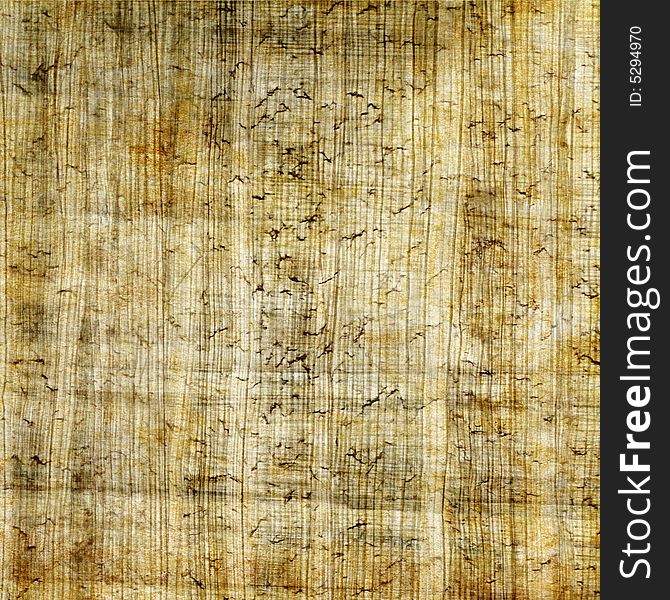

In the Tokai University papyri collection, almost all documents were written in Demotic.

Tokai University has a course of elementary Hierogrlyph that gives an opportunity for students who wants to learn ancient Egypt. Even Hierogrlyph, a major language for ancient Egyptian study, is seldom taught in Japan. The courses of ancient languages such as Hieratic or Demotic are rarely offered in Japanese universities. In Japan, unfortunately, the academic field of ‘papyrology’ is somewhat hidden behind the popularity of Egyptian archaeology. Kyoko Yamahana worked for more than three years to decipher AENET papyri. The team consists of Professor Joseph Manning of Yale University, Professor Richard Jasnow of Johns Hopkins University, their doctoral students, and Prof. It is only after restoration you can finally decode the ancient language written on papyrus. They then went to Beriln by their own, to gain further technical knowledge under the guidance of Ms. In the next year of 2014, some students went to the University of Michigan Papyrology collection and had further training by Ms. Yamahana and other student volunteers helped interpretation during the first year of 2013, but as the project went by, the students got used to listening and speaking in English. She also taught a class on ‘papyrology’ from her research on papyrus ‘paper’ texture and structure. Myriam kindly taught students the essential frame of mind to be a conservator, that they should always be aware of handling fragile, yet extremely important history what should be done and should not be done before and during restoration process. Since it was our very first experience to restore the papyri, we started from the beginning, buying all equipment from abroad and taking useful advice from Japanese paper conservators. She is the ‘Maister’ of all papyrus conservators in the world and therefore having her as an instructor was one of the most blessings for us. Myriam Krutzsch, a papyrus conservator who lives in Berlin. Many students wanted to participate, but only 12 were chosen to learn from Ms.
PAPYRUS TEXTURE PROFESSIONAL
The first attempt was to invite a professional conservator from abroad to train our Tokai students. We will introduce you some overviews of our activities.įirst Papyrus Restoration Workshop in Japan! Join us to be a proud member of our team!! 1)~4) are still vigorously under operation by student volunteers (Egyptian Project) and faculty members. 5) and 6) have already ended with great success. “Eternal Nile” Exhibition Project (Yokohama Museum of EurAsian Cultures and Yamahana Lab.).Manning, Yale University, Professor Richard Jasnow, Johns Hopkins University, and Myriam Krutzsch, Neues Museum, Berlin, and Kyoko Yamahana) International Project of Papyrus Decipherment (Professor J.G.Artifacts Restoration project (Tokai University Challenge Center, Egyptian Project and Yamahana Lab.).Scientific Analysis project of ancient artifacts (Kuzumaki Lab.
PAPYRUS TEXTURE ARCHIVE
Digital Archive project (Miyahara Lab.Student papyrus conservator project (Yamahana Lab.).There are 6 sub-projects running under one broad theme. “Tokai University Ancient Egyptian Papyrus Restoration, Conservation, Decipherment, and Publication Project” has started from 2013.


 0 kommentar(er)
0 kommentar(er)
